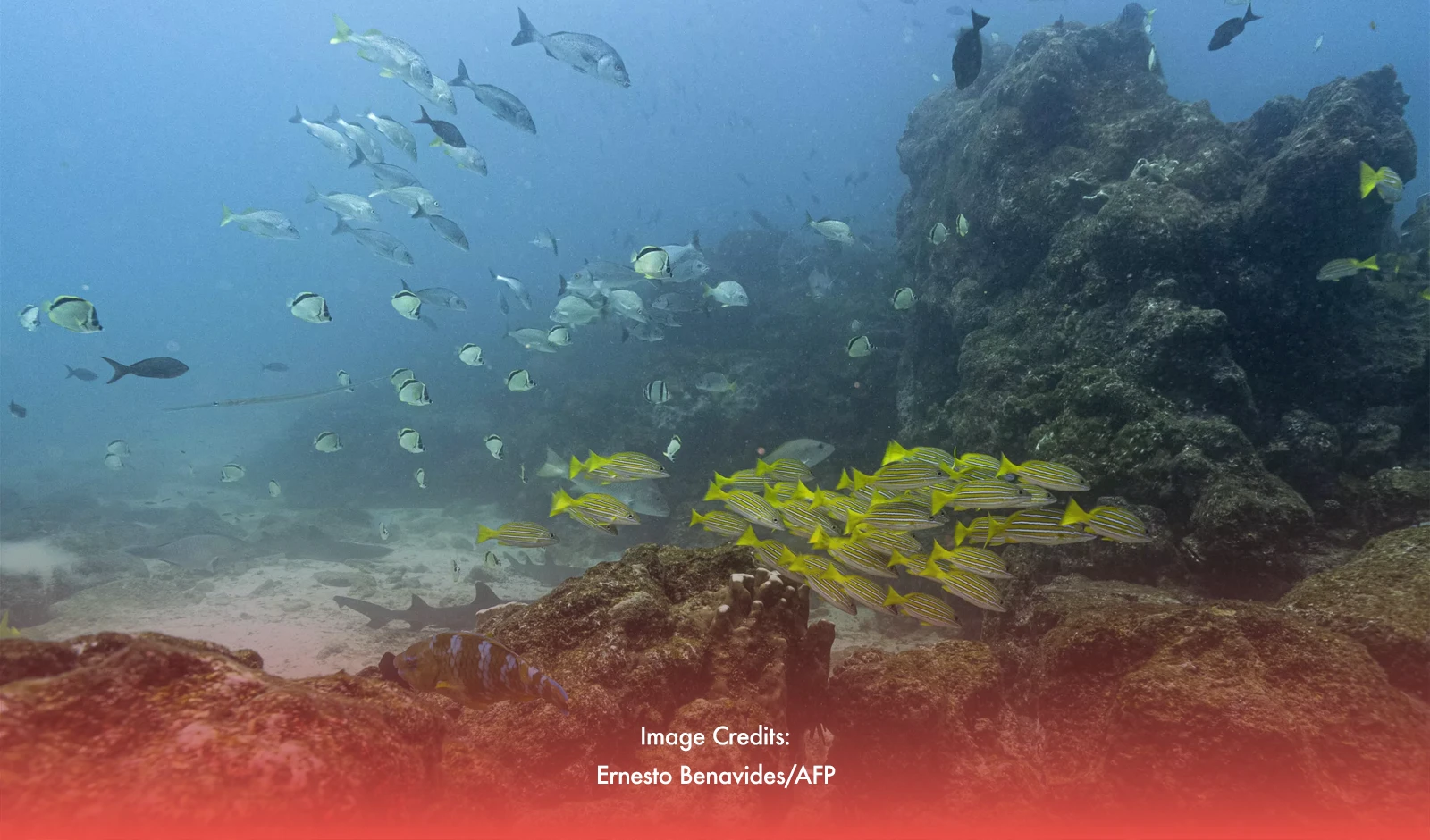According to a recent study made by the Potsdam Institute for Climate Impact Research (PIK), the world's oceans are on the verge of becoming too acidic to support marine life or aid in climate stabilization.
Their research outlines nine critical elements that govern the planet's capacity to support life. Due to human activities, the safe limit has surpassed six of these in recent years. It may not take long for the critical ocean acidification threshold to be crossed—the seventh in history.
Safe boundaries crossed
Important and linked issues including climate change, the extinction of natural species, the loss of natural habitat and freshwater, and the increase in pollutants like plastics and chemical fertilizers used in agriculture, are among the safe boundaries that have already been surpassed.
Ocean acidification is currently expected to surpass the sustainable threshold, primarily due to rising carbon dioxide (CO2) emissions from burning fossil fuels including coal, oil, and gas.
The condition of the planet's shielding ozone layer is the only one of the nine planetary boundaries that is still far from being crossed.
Near the danger limit is a ninth level that deals with atmospheric concentrations of tiny particles that can lead to lung and heart ailments.
Interconnected tipping points
To caution people against pushing Earth's natural processes beyond points of no return, the PIK established these nine planetary danger levels.
According to the study, the Earth's entire life system can become unstable if any of the nine planetary boundaries are breached because they are all "interconnected".
However, this also offers a chance to make the necessary changes since, according to the research, "significant benefits across different issues" can result from tackling a single issue, such as stopping the Earth's average temperature from increasing more than 1.5 degrees Celsius above pre-industrial levels.








